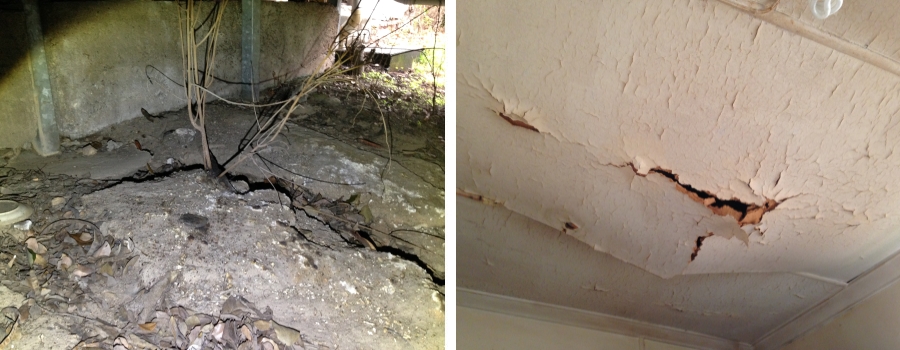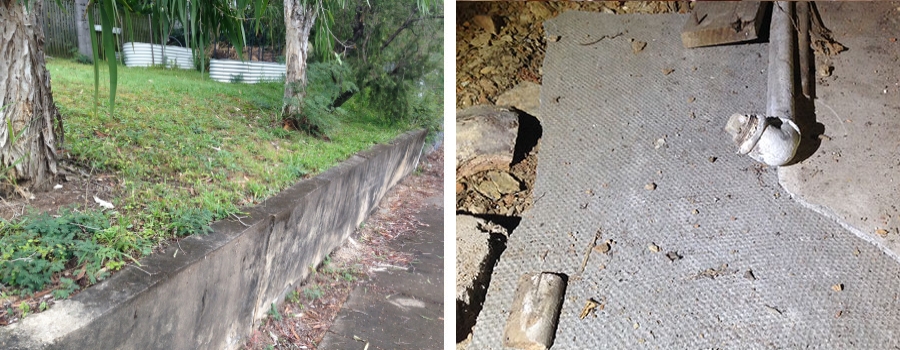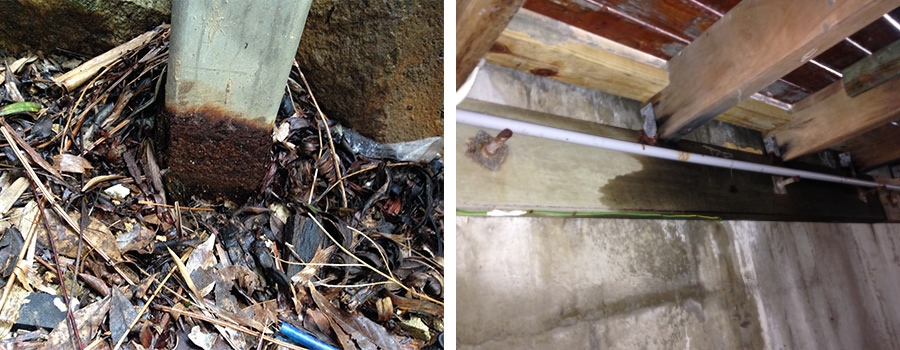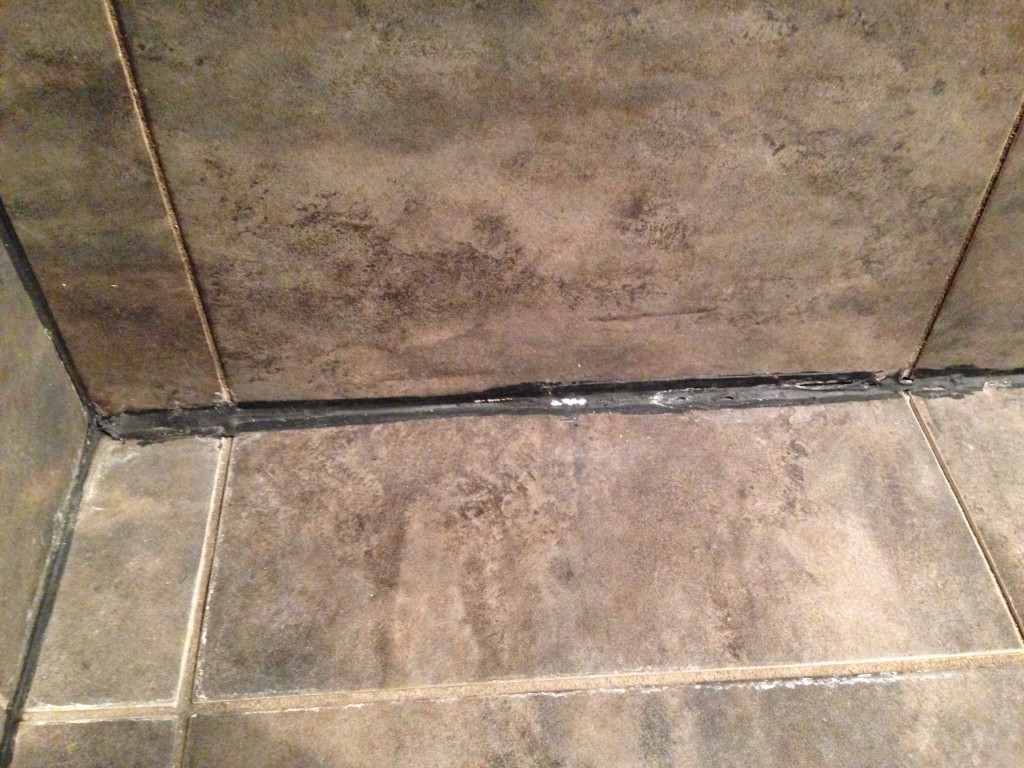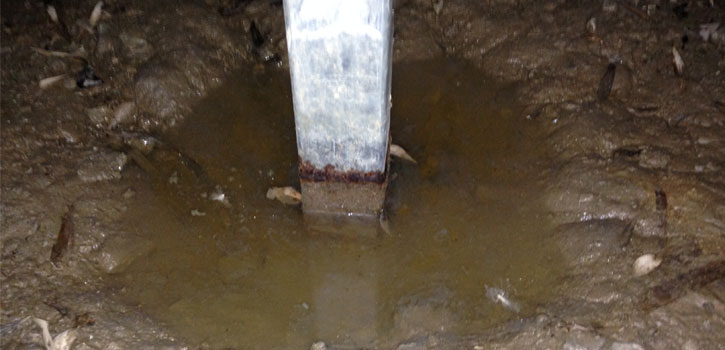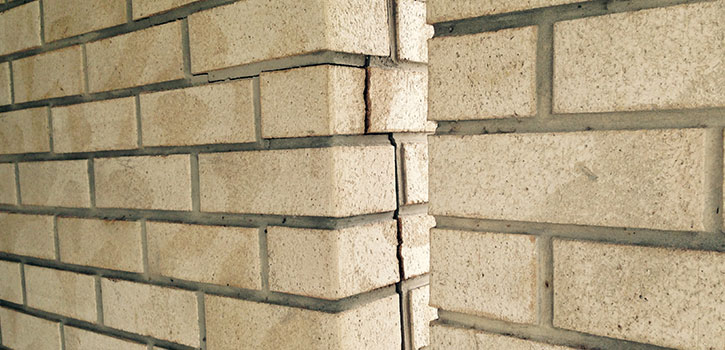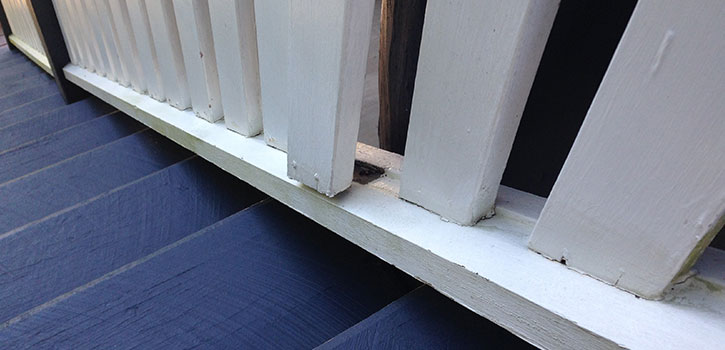General Information on Asbestos Materials in Residential Construction
Asbestos was a component used in cement sheeting known commonly as “fibro” (fibrolite) up to 1983 and in corrugated roofing known as “Super Six” and others up to around 1988. This material is now formally referred to as “non-friable”, ACM (asbestos containing material). Since these dates, due to known health risks when asbestos fibres are released into the air and inhaled either through disturbance or as a result of deterioration, the asbestos (AC) component has been discontinued at the point of manufacture and replaced with fibre (FC) components consisting mainly of hardwood timber based material but from appearances, the finished product looks similar.
The original common name “fibro”, which applied to AC sheeting, is still widely used today to describe fibre cement (FC) products readily available today which are mainly in sheet form, with brand names such as Hardiflex, Villaboard and Versilux, though they are completely different products.
Based on our inspections over the last 15 years or so the most common areas asbestos can be found in residential construction are:
* Soffit linings
* Exterior cladding
* Roof cladding, in some cases including gutters
* Plumbing pipes (mostly sewer ventilation pipes)
* Internal wall and ceiling linings – particularly wet areas
* Platform flooring for decks
It is also found in many other areas and more less frequent areas we have found the material include in fence cladding, electrical meter boxes, sewer and storm water pipes etc.
It is very common during the course of our inspections to identify what we believe to be the remnants of damaged asbestos material, either in the form of broken former sheeted wall or ceiling linings or larger broken custom orb profile roof sheets. The most common locations where we come across the damaged material is in ceiling void areas, where there has been a former roof removed that was of the Asbestos variety and in sub floor areas – mostly beneath bathrooms or other wet areas that have been renovated in recent times and that were built prior to 1983. Damage asbestos material is obviously a major safety hazard and it is always advisable that you organise an immediate audit of the property, for any damaged Asbestos to be carried out by an appropriately qualified and licensed professional. This is of particular importance if your property was built prior to the 1990s and has undergone renovations in wet areas, or you are aware that the property has had a former asbestos roof removed at some stage in the past.
Workplace Health and Safety Queensland (WHSQ) is responsible for ensuring that asbestos products are handled appropriately in the workplace, pursuant to the Workplace Health and Safety Act 1995 (as amended). If any intended residential renovation work involves disturbing asbestos cement products such as sheeting by way of breaking up, drilling, grinding, sanding, or sawing, it is recommended that the same procedures required for a workplace, be followed and reference should first be made to the *‘Asbestos Advisory Standards, in particular Part A and Part C. It is also legal requirement for a contractor to be engaged when more than 10 sq. m. of non- friable ACM (asbestos containing material) it is to be removed and that they are to hold a current ‘B’ removal licence.
QC’s Building Services is not licensed in any area of asbestos identification and/or removal and any comments and information made within the area titled ‘General Information on Asbestos Materials in Residential Construction’ are provided only on our industry experiences and are designed to be helpful. They are however not to be relied on whatsoever by any reader of this information.
In all cases, you must immediately obtain your own independent advice on this matter, from an appropriately licensed and qualified contractor. Industry Hygienists and medical professionals should also be consulted. Special health risk precautions must be taken when handling any materials with an asbestos cement component and you should adhere to all qualified advice, especially if removal, alterations, renovations etc are intended. Whenever it is intended to remove or handle more this material there are legal obligations to follow and adhere to. The following are helpful web sites: www.health.qld.gov.au/asbestos www.detir.qld.gov.au www.whs.qld.gov.au. www.qbcc.qld.gov.au
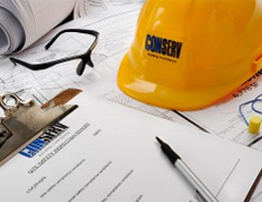
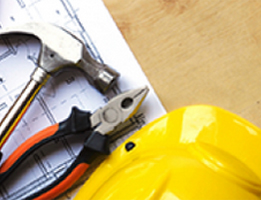

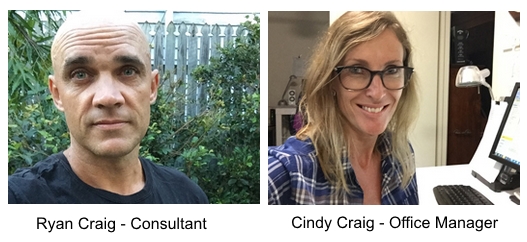
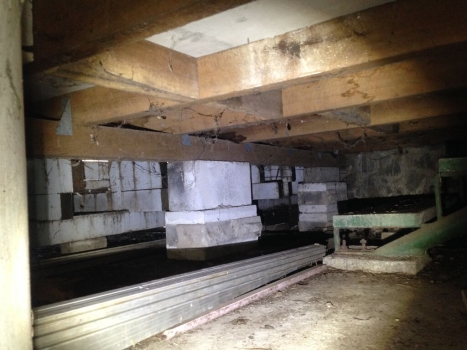
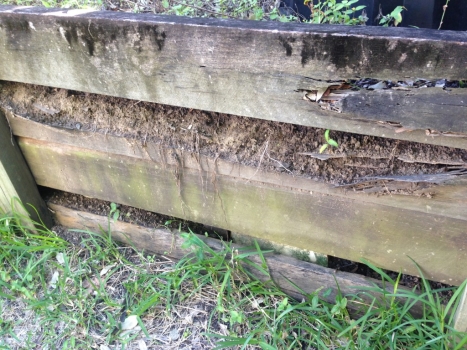
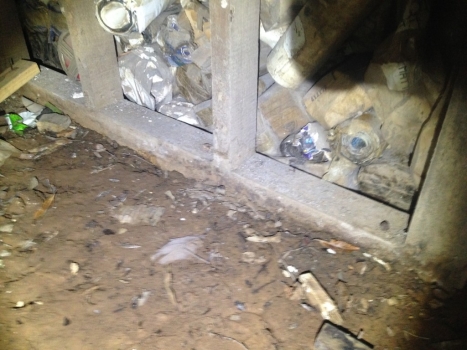
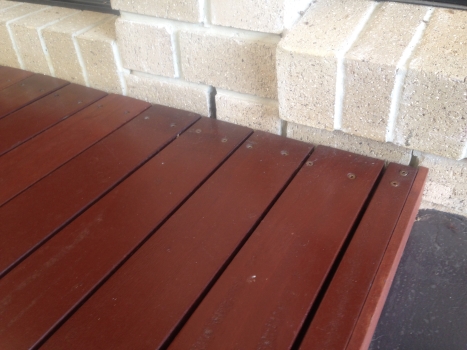
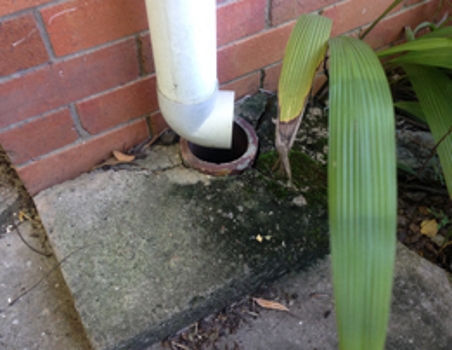 All too often during our inspections we identify areas which are conducive to the collection of retained ground moisture near a structure. Elevated moisture levels are known to provide conditions favourable to Timber Pest activity, particularly termites, and it is vital that every effort be made to avoid these risks. The most common causes of retained ground moisture are inadequate surface water drainage, downpipes not connected to drainage outlets, no gutters in place for roofing areas, outlet pipes for air conditioners, relief and overflow valves for hot water cylinders, corroding and join leakages of gutters and downpipes, defective or incomplete flashing and plumbing for rainwater tanks leaking. These are all issues which can be, and should be rectified, if they are in existence at a property.
All too often during our inspections we identify areas which are conducive to the collection of retained ground moisture near a structure. Elevated moisture levels are known to provide conditions favourable to Timber Pest activity, particularly termites, and it is vital that every effort be made to avoid these risks. The most common causes of retained ground moisture are inadequate surface water drainage, downpipes not connected to drainage outlets, no gutters in place for roofing areas, outlet pipes for air conditioners, relief and overflow valves for hot water cylinders, corroding and join leakages of gutters and downpipes, defective or incomplete flashing and plumbing for rainwater tanks leaking. These are all issues which can be, and should be rectified, if they are in existence at a property.